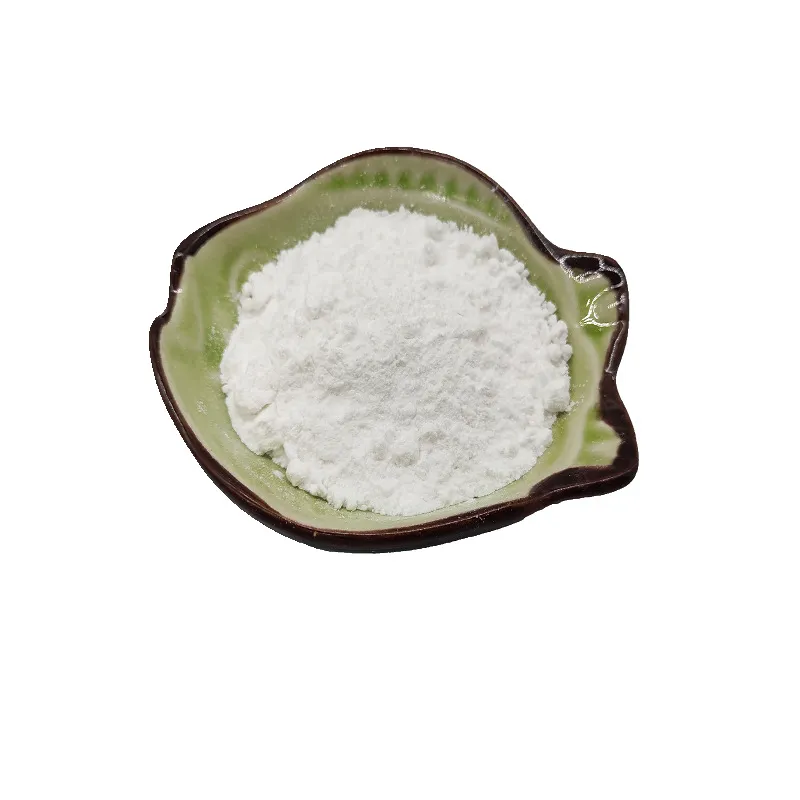Dec . 10, 2024 09:17 Back to list
the aspartame to sugar ratio understanding the sweetener
Understanding the Aspartame to Sugar Ratio A Closer Look at Sweeteners
In recent years, the demand for low-calorie sweeteners has surged as public awareness of health issues related to sugar consumption grows. Among these sweeteners, aspartame has become one of the most widely used sugar substitutes. Understanding the aspartame-to-sugar ratio is essential for consumers, especially those looking to manage their caloric intake without sacrificing sweetness.
The Basics of Aspartame
Aspartame is an artificial sweetener that is approximately 200 times sweeter than sucrose (table sugar). This significant difference in sweetness allows manufacturers to use much smaller amounts of aspartame to achieve the same level of sweetness as sugar. As a result, products containing aspartame often have fewer calories, making it a popular choice for diet beverages, sugar-free desserts, and various processed foods.
One key aspect of aspartame is that it is made from two amino acids phenylalanine and aspartic acid. This composition not only contributes to its sweetness but also raises some health concerns, particularly for individuals with phenylketonuria (PKU), a rare genetic disorder. It is important that these individuals avoid aspartame, as they are unable to metabolize phenylalanine effectively.
Understanding the Ratio
When manufacturers formulate products with aspartame, they must carefully calculate the aspartame-to-sugar ratio to achieve the desired sweetness. For instance, if a beverage typically uses one teaspoon of sugar (about 4 grams) to achieve a certain level of sweetness, only a fraction of that – approximately 0.02 grams of aspartame – would be necessary to provide the same sweetness due to its higher potency.
the aspartame to sugar ratio understanding the sweetener

To illustrate, consider that one tablespoon of sugar contains around 12.6 grams of sugar. In contrast, the equivalent sweetness from aspartame could be achieved with just 0.063 grams. This remarkable difference not only impacts the caloric content of the product but also influences the ingredient lists that consumers see on their favorite products.
Consumer Considerations
For consumers, it is essential to understand the implications of using aspartame compared to traditional sugar. While aspartame offers a low-calorie alternative, its use is accompanied by several debates around safety and health impacts. Regulatory bodies such as the FDA and the European Food Safety Authority have concluded that aspartame is safe for the general population, with acceptable daily intake levels established.
However, consumers should also consider taste preferences and how their bodies react to sweeteners. Some people find that artificial sweeteners, including aspartame, have a distinct aftertaste compared to sugar. Others may not notice any significant difference. This subjective taste experience can influence purchasing decisions and overall satisfaction with products containing aspartame.
Conclusion
In summary, understanding the aspartame-to-sugar ratio is crucial for both manufacturers and consumers alike. With its high sweetness potency, aspartame serves as an effective substitute for sugar, allowing for the creation of low-calorie foods and beverages. However, it's imperative for consumers to weigh the benefits of reduced caloric intake against their personal health considerations and taste preferences. As the market for low-calorie sweeteners continues to evolve, ongoing research and education about their usage will empower consumers to make informed choices about their diets and health.
As we navigate our way through a world increasingly focused on health and wellness, the role of sweeteners like aspartame remains an important aspect of how we enjoy sweetness without excessive calorie consumption. Understanding the intricacies of aspartame, including its ratio to sugar, will help consumers make choices that align with their health goals while still indulging in the sweetness they crave.
Latest news
-
Certifications for Vegetarian and Xanthan Gum Vegetarian
NewsJun.17,2025
-
Sustainability Trends Reshaping the SLES N70 Market
NewsJun.17,2025
-
Propylene Glycol Use in Vaccines: Balancing Function and Perception
NewsJun.17,2025
-
Petroleum Jelly in Skincare: Balancing Benefits and Backlash
NewsJun.17,2025
-
Energy Price Volatility and Ripple Effect on Caprolactam Markets
NewsJun.17,2025
-
Spectroscopic Techniques for Adipic Acid Molecular Weight
NewsJun.17,2025

